Introduction
The world of tea is a labyrinth of flavors, aromas, and classifications, where even seasoned enthusiasts can stumble over categorizations. One such enigma is Anji White Tea, a Chinese brew that has sparked debates among connoisseurs and casual drinkers alike. Despite its name, this tea is not universally recognized as a “white tea” in the traditional sense. Instead, it occupies a gray area between white and green tea classifications, thanks to its unique production methods and historical context. This article delves into the origins, processing, and characteristics of Anji White Tea to resolve the confusion surrounding its taxonomy. By examining its agricultural practices, biochemical composition, and cultural significance, we aim to clarify whether this tea belongs to the white or green tea family.
Tea Classification 101: Understanding the Basics
Before dissecting Anji White Tea’s identity, it’s essential to grasp how teas are categorized. All true teas—camellia sinensis—are classified based on processing methods and oxidation levels:
- White Tea: Minimally processed, withered, and dried without rolling or enzymatic inactivation.
- Green Tea: Heated (steamed or pan-fried) to halt oxidation, preserving its green hue and fresh flavor.
- Oolong Tea: Partially oxidized, offering a balance between green and black teas.
- Black Tea: Fully oxidized, resulting in a bold, dark brew.
- Dark Tea (Post-Fermented): Aged through microbial fermentation, like pu-erh.
White and green teas share low oxidation levels but differ crucially in processing. White tea skips the “fixation” step (heating to deactivate enzymes), relying solely on withering. Green tea, however, undergoes fixation—typically pan-frying or steaming—to prevent oxidation, locking in its grassy notes and chlorophyll.
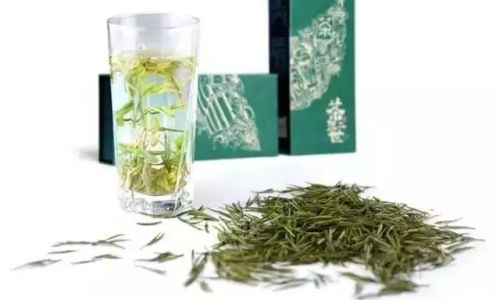
The Birthplace and Cultivar of Anji White Tea
Anji White Tea hails from Anji County in Zhejiang Province, China, a region renowned for its lush bamboo forests and misty mountains. Its story began in the 1980s when a rare tea cultivar, Zhu Ye Qing (Bamboo Leaf Green), was rediscovered. This cultivar, native to Anji, produces leaves with a distinctive pale green-yellow hue, almost white, due to a genetic mutation causing low chlorophyll levels. The tea’s name likely derives from this visual trait, not its processing method.
Processing Methods: The Key to Classification
The crux of the debate lies in Anji White Tea’s production. Despite its name, it is processed like a green tea:
- Plucking: Only the tender bud and one leaf are harvested, typically in early spring.
- Fixation (Sha Qing): Leaves are heated in a wok or steaming basket to deactivate polyphenol oxidase, the enzyme responsible for oxidation.
- Rolling: Leaves are gently shaped to release essential oils.
- Drying: Final drying under low heat to preserve moisture content (around 5-6%).
This process aligns with green tea production, where oxidation is strictly controlled. White tea, by contrast, skips fixation and rolling, relying on natural withering. Thus, Anji White Tea’s processing method categorizes it as a green tea, despite its name and cultivar.
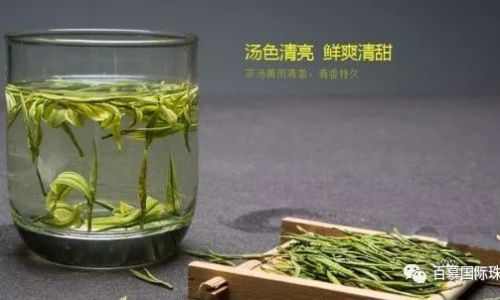
Visual and Sensory Profile: A Deceptive Appearance
Anji White Tea’s leaves are a study in contrasts. When brewed, they unfurl into a vibrant green, but the dry leaves retain a silvery-white sheen due to their low chlorophyll content. The infusion yields a pale, yellow-green liquor with a delicate, umami-rich flavor and a hint of chestnut sweetness. These traits mirror some white teas, like Silver Needle, which also have a light body and subtle aroma. However, the grassy undertones and astringency—common in green teas—are present, further blurring the lines.
Chemical Composition: The Science Behind the Brew
Scientific analysis reveals Anji White Tea’s biochemical profile leans toward green tea. Its high catechin and amino acid content, particularly L-theanine, contribute to its brisk, refreshing taste. The fixation step preserves these compounds, which would otherwise oxidize into tannins (as in black tea) or degrade (as in white tea). Notably, Anji White Tea contains lower caffeine levels than most green teas, a trait attributed to its unique cultivar.
Cultural and Historical Context: The Name Game
The naming of Anji White Tea is a historical quirk. In China, tea names often reflect regional pride, cultivar traits, or folklore rather than strict taxonomic rules. The “white” in its name likely refers to the pale leaves of the Zhu Ye Qing cultivar, not its processing. This contrasts with white teas like Bai Mu Dan (“White Peony”), which are named after their appearance and minimal processing.
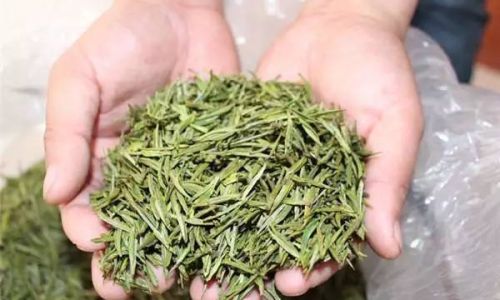
Market Perception: Confusion and Mislabeling
The global tea market’s lack of standardized terminology exacerbates the confusion. Some retailers market Anji White Tea as a premium white tea, capitalizing on its name and exotic origin. Others correctly classify it as green tea, leading to consumer bewilderment. This mislabeling is compounded by the tea’s high price point—often rivaling that of rare white teas—due to its limited harvest season and labor-intensive production.
Expert Opinions: Weighing In
Tea masters and academics unanimously classify Anji White Tea as green tea. Dr. Nigel Melican, a tea technologist, notes, “Processing defines the category. Anji White Tea undergoes fixation, making it a green tea, regardless of its name or leaf color.” Similarly, the Chinese Tea Classification System explicitly lists it under green teas. However, some purists argue that its cultivar and flavor profile warrant a separate category, a notion dismissed by most institutions.
Health Benefits: Bridging the Gap
Both white and green teas are celebrated for their antioxidant properties, and Anji White Tea is no exception. Studies suggest it may offer similar health benefits to green tea, including improved cardiovascular health and reduced inflammation. Its unique amino acid profile also makes it a potential stress-reliever, though more research is needed.
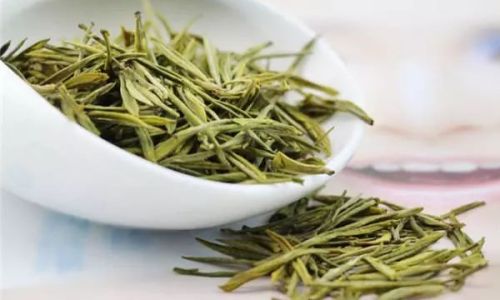
Conclusion: A Tea That Defies Labels
In the end, Anji White Tea is a green tea by processing, a white tea by name, and a category-defying marvel by nature. Its story underscores the importance of looking beyond labels to understand a tea’s true essence. Whether you classify it as green or white, one thing is certain: Anji White Tea is a testament to the diversity and complexity of camellia sinensis, a humble plant that continues to surprise and delight tea lovers worldwide.
Final Thoughts: The Importance of Context
The debate over Anji White Tea’s classification serves as a reminder that tea is as much about culture and history as it is about botany. While scientific rigor clarifies its taxonomy, the tea’s name and mythology enrich its allure. So, the next time you sip a cup of Anji White Tea, raise your glass to the intersection of tradition and innovation—and perhaps enjoy the mystery as much as the brew itself.
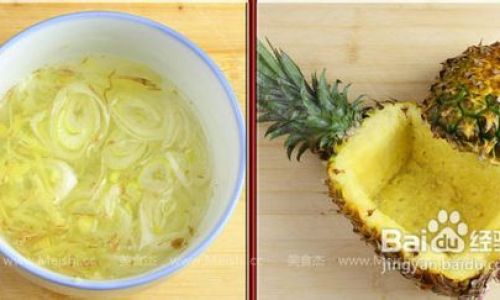
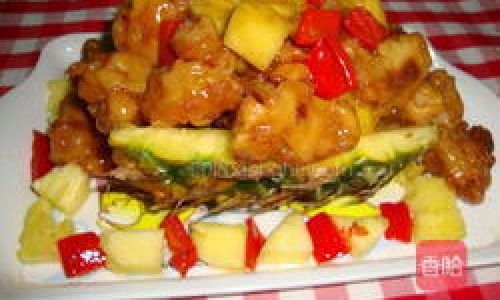
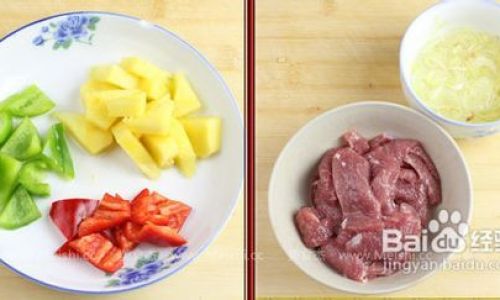
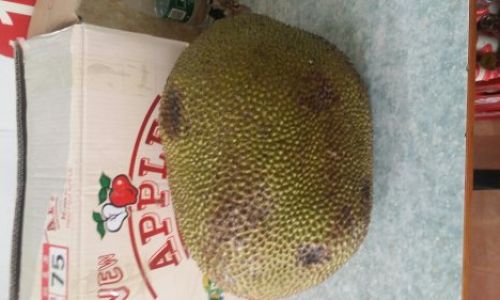
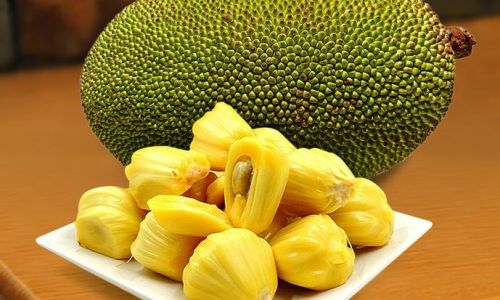
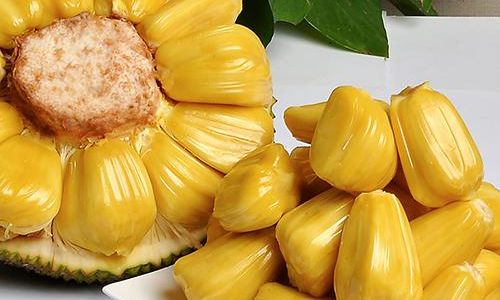
0 comments